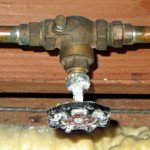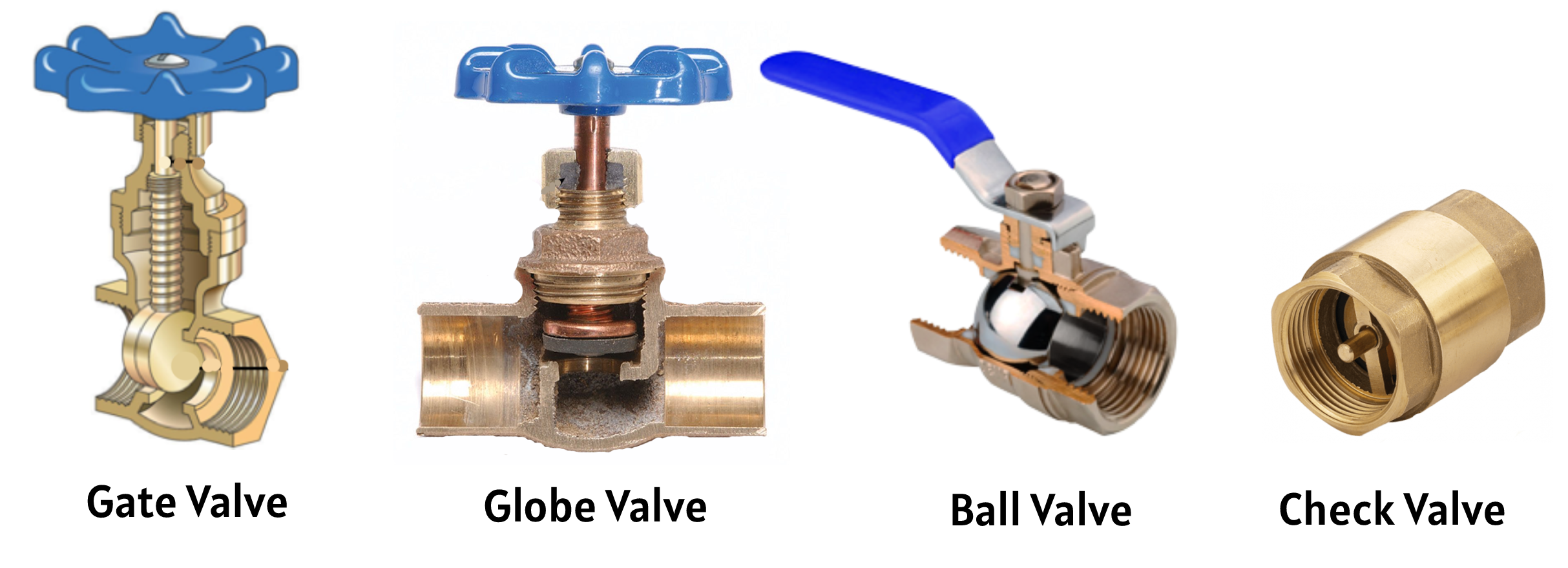How do you know if you have any defective water shut-off valves?


Here's how you can tell. While doing your water valve inspection, check all your water shut-off valves for potential issues. If you can reach them, feel them and ensure they are dry, specifically around the valve stem (where the handle is). The specific ones I am referring to are typical valves installed in your copper supply lines by permanently sweating the valve with solder. You're looking for valve body corrosion which is calcium buildup on the exterior of the valve that looks like a growth.
These growths form from a weep hole in the valve body (bad casting), allowing a buildup of calcium that appears as growth and can build up to look like cauliflower over time. In most cases, the calcium seals the weep hole to stop the leak, but it will continue to grow. The problem is that no one knows if or how long it will be before it develops into a leek that could cost you thousands of dollars in repairs and damages. The best thing to do is replace them. We will talk about the different types of valves later in the blog article. But first, let's talk about other things to look for.
 When checking the remainder of the water shut off valves in your house or business look for corrosion around the stems, corrosion at the cap on the side of the valve or wet valves. Don't forget to inspect the valves under your sinks and toilets. Depending on the type of corrosion or water around the valve stem, it may need a new washer, packing, or the packing nut to be tightened. If you are unsure how or what to do, the best thing is to call a plumber. When repairing or replacing a water valve, turn your main water supply valve off first.
When checking the remainder of the water shut off valves in your house or business look for corrosion around the stems, corrosion at the cap on the side of the valve or wet valves. Don't forget to inspect the valves under your sinks and toilets. Depending on the type of corrosion or water around the valve stem, it may need a new washer, packing, or the packing nut to be tightened. If you are unsure how or what to do, the best thing is to call a plumber. When repairing or replacing a water valve, turn your main water supply valve off first.
Always turn the water off to the entire house before you attempt a plumbing repair. I always recommend my clients hire a licensed plumber; however, you can hire a handyman, or if you consider yourself a DIYer, you may be able to replace the valves yourself. You can replace valves with the solder sweat-on type, push-on (shark-bite) type, or compression valves. Call a plumber if you don't want to use the compression style or know how to solder.
Types of valves
 There are three main types of valves, with a few other less common types. Valves stamped with "WOG" can be used for all three. Valves should be marked for use with water, oil, or air.
There are three main types of valves, with a few other less common types. Valves stamped with "WOG" can be used for all three. Valves should be marked for use with water, oil, or air.
Globe or washered water shut-off valve (also known as a stop or stop and waste valve) - are closed by screwing the stem down with a rubber washer against a seat in the middle of the valve. Gate valve – to open or close the valve, it moves a rectangular gate up or down in the water's path. Ball valve - contain a finely machined stainless steel ball with a hole Some styles are available in full or quarter turn
A good illustration of the different valve types and how they work can be found at archtoolbox.com
